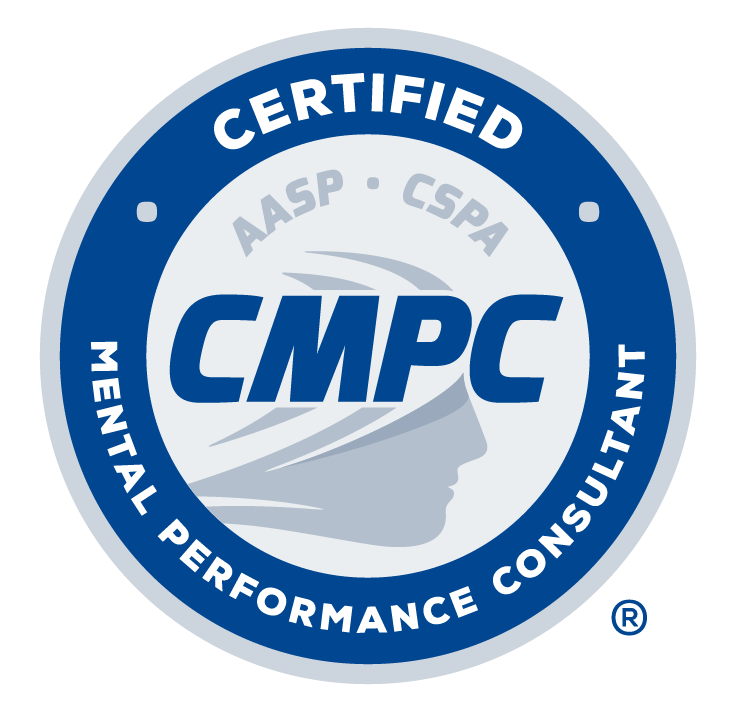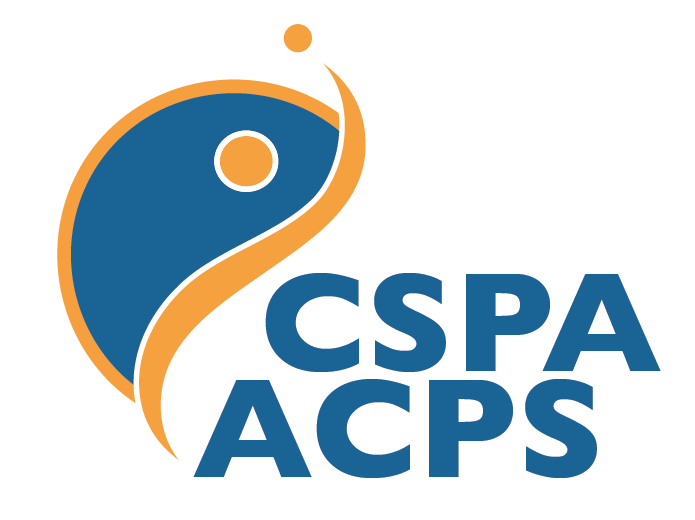Cue Statements: Staying Focused at Critical Times

Published
Emily is a collegiate volleyball player. As a defensive specialist, she often receives serves and establishes the defensive plays for her team. She has recently struggled with losing concentration and confidence after bobbling serves and missing passes. This problem seems to be compounded during the matches, often resulting in Emily becoming completely frustrated and unfocused. The main problem is that she cannot shake these mistakes that cause her to continue a downward spiral in performance.
Emily’s problem is very common in sport. Athletes often complain of not being able to let go of mistakes or focus during critical times. One technique for dealing with this lack of focus is to develop and use a cue statement.
What is a cue statement?
A cue statement is a short statement said to yourself to refocus your concentration. Cue statements help you to stop negative and distracting thoughts that impact your performance. These statements should be:
- Personal – You need to find a cue statement that works for you! This could be a single word such as "tough" or "dominate" or a short series of words. One way to develop a personal cue statement is to ask the question, "If I were the best athlete I could be, how would I look and act?" Oftentimes, as athletes are answering this question, certain words and images emerge. Take time to think about how you would answer the above question because a statement that is believable and personal to you will be the most effective.
- Positive – To be effective in refocusing after mistakes, a cue statement should be positive. Negative self-talk has been linked to performance detriments and anxiety. Focus on what makes you the best you can be; do not spend time criticizing yourself.
- Short – The ideal cue statement allows you to quickly refocus but does not interfere with the necessary thoughts during performance. As mentioned earlier, some athletes prefer a single word such as "focus," while others use a short personal statement such as "strong, focused, in the game."
Returning to the case study previously presented, Emily might say that, as the best volleyball player she could be, she would stay calm after mistakes. She would stay confident during play. Finally, as the main defensive player on the floor she needs to be in control of the defensive play. For Emily, a personal cue statement could then become "Calm, Confident, in Control."
How do cue statements work during competition?
Using a cue statement for refocusing during competition is not difficult but does take practice. Using a refocusing cue statement in combination with a deep or centering breath allows you to refocus and decrease muscle tension caused by anxiety. So how does this work? When you find yourself unfocused or unable to refocus after an error, employ the following steps:
- Inhale a breath through your nose lasting a count of 4.
- Hold the breath for 1-2 seconds.
- Exhale the breath through your mouth lasting a count of 4.
- While you are exhaling, state your refocusing cue in your mind.
- Allow the exhalation and cue statement to help you refocus on the competition.
Practicing cue statements
As mentioned earlier, this technique takes practice. After you have decided on a personal and believable cue statement, practice it often and in varied situations. Just as you work on your layup or serve, you need to practice the refocusing cue statement and centering breath so it will be effective during competition. After practicing this technique, you will find it easier to employ during competition and stressful situations.
Share this article:
Published in:




